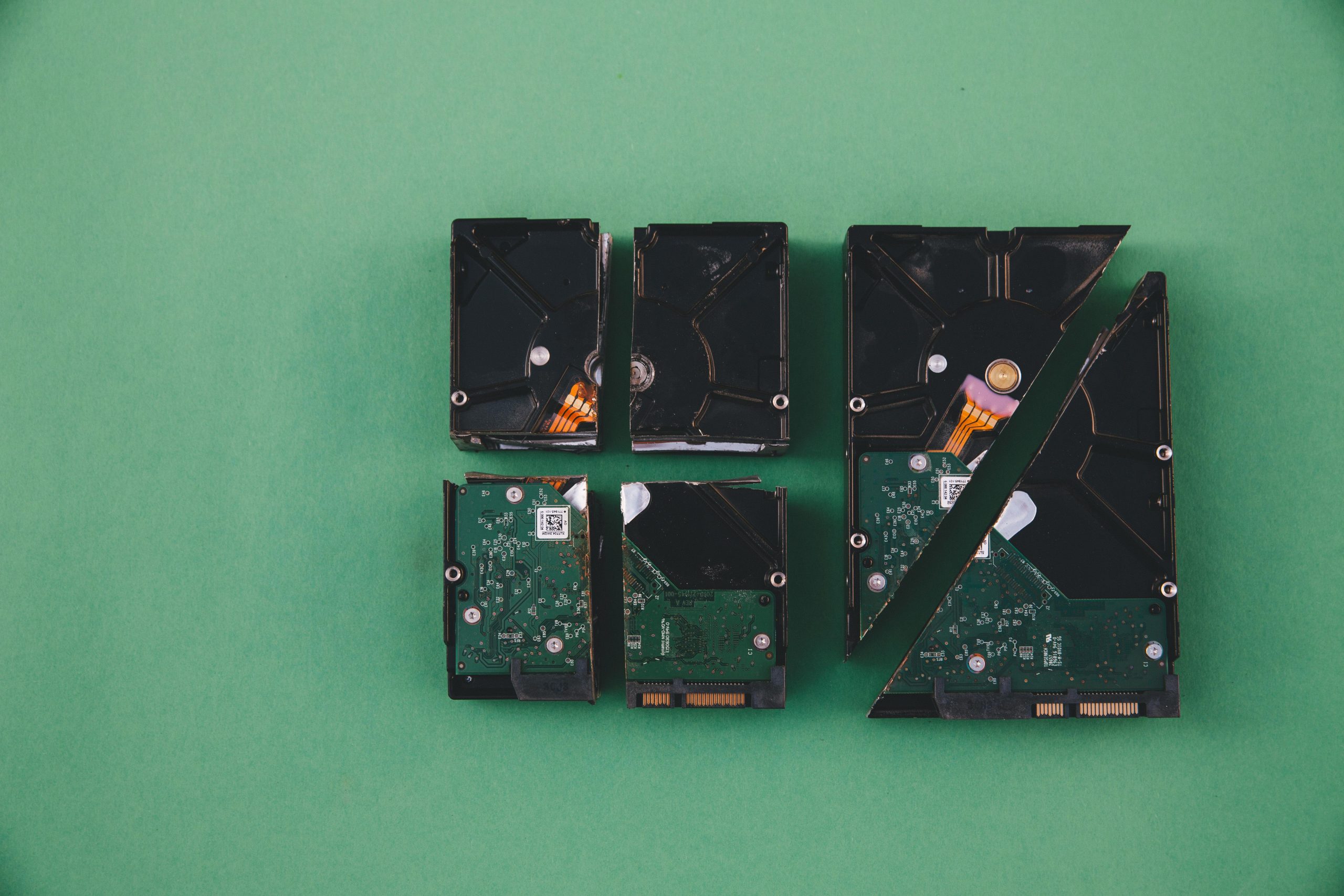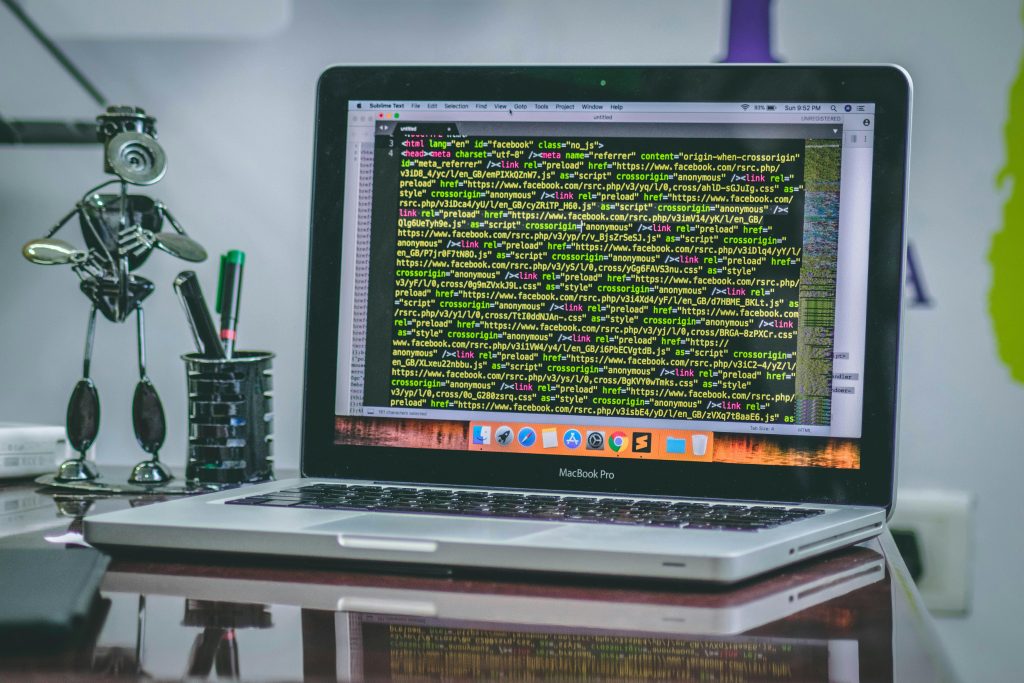Troubleshooting Your Seagate External HDD: Steps to Take When It Disappears from Your PC
Experiencing issues with your Seagate external hard drive not appearing on your computer can be frustrating. If you’ve found yourself in this situation, you’re not alone. Many users encounter similar problems, and fortunately, there are several steps you can take to diagnose and potentially resolve the issue.
Understanding the Problem
When your Seagate external HDD suddenly stops showing up on your PC, it could stem from various reasons. Common causes include hardware malfunctions, connection issues, or Software errors. Before panicking, it’s essential to methodically troubleshoot the problem to determine the best course of action.
Initial Troubleshooting Steps
-
Check Physical Connections:
Begin by ensuring that the external hard drive is properly connected. Verify that the USB cable is firmly connected to both the hard drive and the computer. If possible, try a different USB port or use another cable to rule out connectivity issues. -
Listen for Activity:
When connected, pay attention to any sounds the drive makes. A clicking noise or excessive spinning may indicate a hardware malfunction. If the drive is completely silent, it might not be receiving power. -
Test with Another Device:
To determine if the issue lies with your computer or the hard drive itself, try connecting the external HDD to a different computer. If it appears there, the problem may be related to your original system. -
Check Disk Management:
On a Windows PC, you can access Disk Management by right-clicking on the Start menu and selecting it from the menu. This tool can help you see if the drive is detected by the system, even if it isn’t showing up in File Explorer. If it’s visible but not assigned a drive letter, you can assign one manually. -
Examine Power Sources:
Some external hard drives require an additional power source to operate. If yours has a power adapter, make sure it’s plugged in and functioning properly.
Advanced Solutions
If the above steps do not resolve the issue, you may need to take further action:
-
Update Drivers:
Outdated or corrupt drivers can cause external devices not to be recognized. Check your Device Manager for any updates related to your external drive and install them as necessary. -
Run System Checks:
Occasionally, system file corruption can prevent devices from functioning correctly
Share this content:



